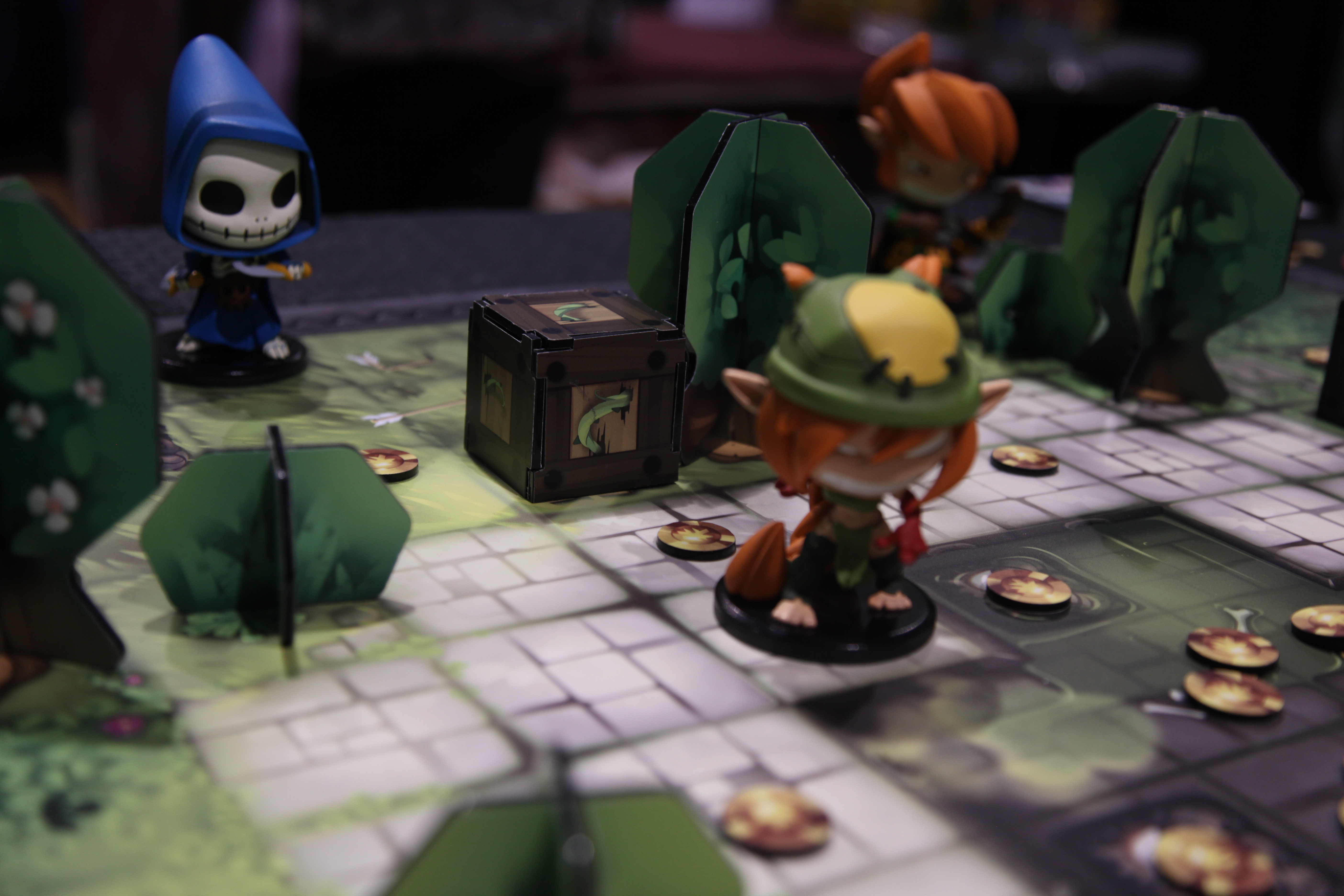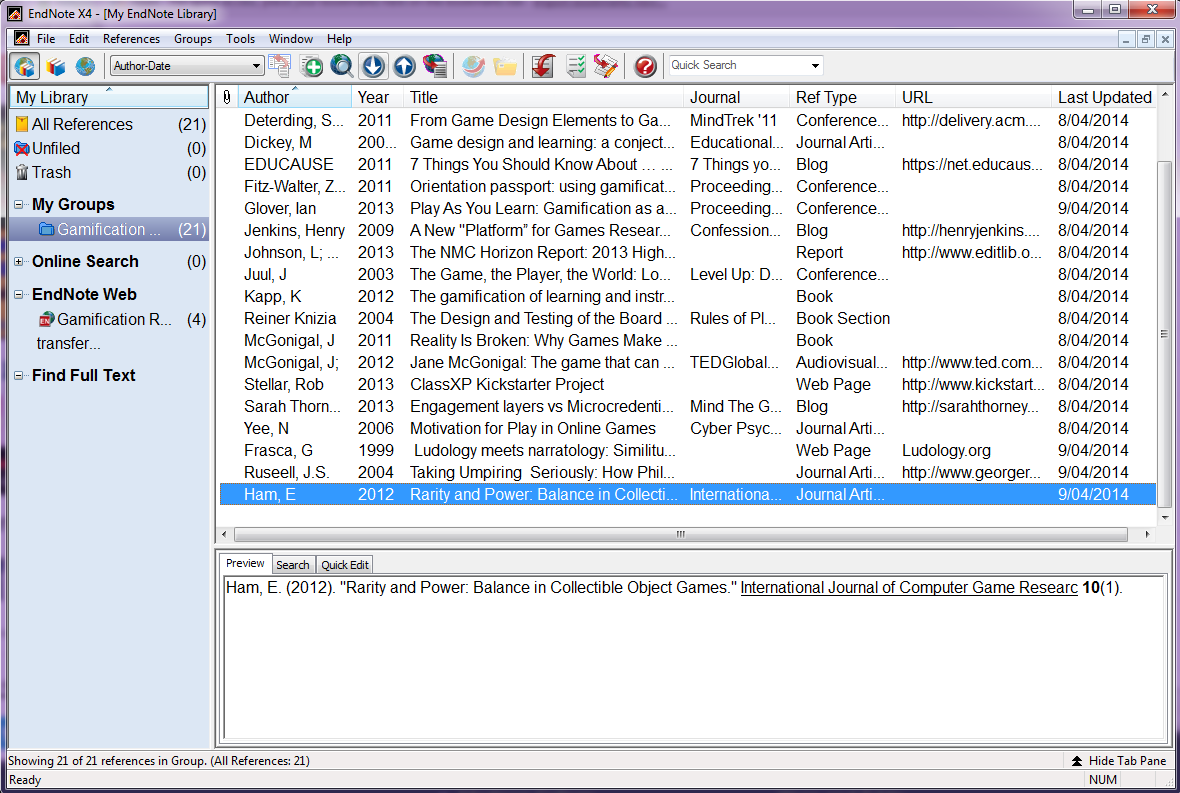In Gamification, Games-based Learning, and Serious Games – Any difference? Bhasin argues that there is no difference between the three. Suggesting that “gamification, games-based learning, and serious games are effectively the same thing, because in a corporate environment, all learning relates to strategic objectives and has serious purpose”. Bhasin then attributes this to the rise in popularity of games, and attributes the following to its traction:
- Marketplaces forces
- The connection between games and learning in children (noting “brain scientists the world over agree that the games’ challenge-achievement-reward loop promotes the production of dopamine in the brain, reinforcing our desire to play”)
- Rising interest among adults in games (reports on statistics about gamer demographics)
Bhasin then moves on to discuss the design of gamification. He opens with “it is the mechanics of the game – not the theme – that make it fun (Zichermann and cunningham)” However from experience in the boardgames community theme can be the deciding factor in engagement with the game, and it is well noted that pasted-on themes provide for a less engaging experience.
After discussing the best use of leaderboards he outlines some other gamification elements that could be used. The focus on leaderboards and competition shows the authors hasn’t really considered the benefits on other elements in a meaningful way. The other game mechanics listed include, pattern recognition, collecting, surprise and unexpected delight, organizing and creating order, gifting, recognition of achievements, leading others, being the hero, and gaining status.
by the end of the post I feel like Bhasin has just cherry-picked some of Brenda Enders work to focus on. Further investigation of Brenda Enders work (noted as “Gamification, Games and Learning: What Managers and Practitioners Need to Know”, 2013). When discussing interactivity and feedback Bhasin focuses on Enders best practice for challenges. He then expands on this with James Paul Gee’s ideas on risk taking, challenges and consolidation, story telling and briefly touches on motivation. Then finishes off the the SAPS model of rewards (Status, Access, Power, Stuff).
References
Bhasin, K., (2014) Gamification, Games-based Learning, and Serious Games – Any difference?, Learning Solutions Magazine. 27th January, 2014. http://www.learningsolutionsmag.com/articles/1337/gamification-game-based-learning-serious-games-any-difference. Accessed 16/04/2014.







Gamification in Higher Ed Briefly
Sarah Moore shares her experience with an LMS development company and her thoughts on gamification and higher education. Her important points are the benefits gamification can have to many facets of a students development including;
While some of the commenters on this blog post raise concerns around overexposure to technology, the impacts of over stimulating audiences, and whose responsibility it is to create the gamified experience.